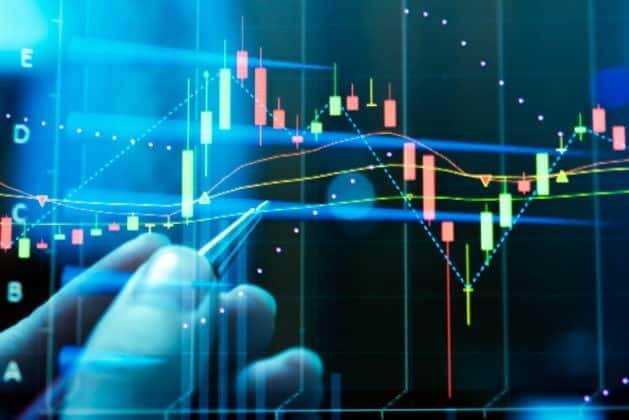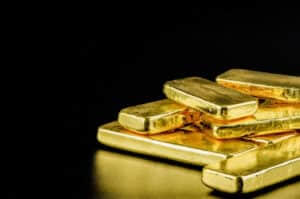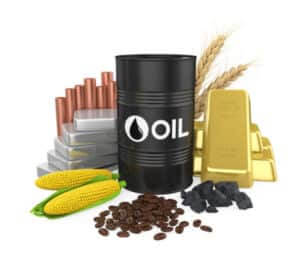
The commodity exchange cycle
The exchange of any commodity involves the involvement of multiple parties. One would think that it is as simple as buying a commodity from a seller and then using it. However, things are a bit more complicated than that, as you may find out. Everyone in the cycle has their own role and specialisation to complete a trade. This means every link in the chain can properly focus on its own specific job. As a result, everyone does their own part more efficiently, and the process is more efficient overall. So, in this article, we would like to take a look at all the links in this chain.

Producers
So, first of all, unsurprisingly, we have the producers. They are the ones who get the raw materials for selling. They kick off the whole process of a commodity exchange. Without out them, there would be no commodity to trade. So, really they’re the most important part of the trade. Usually, the products they sell are raw materials that others will process later.
What they trade can come in all sorts of trades and sizes. For example, they could deal with agricultural products, like meat, grains, or eggs. In this case, the producer would likely be a farmer growing their own materials. Producers could also find their products through extraction. Those specialising in metals like gold or silver will focus on extracting the materials from mines. These second types of producers have less sustainable business models. Once they completely deplete a mine of all its resources, these companies soon have to move to find new mines. However, there is only so much raw material in the world that one can extract. Eventually, these companies will have to end up recycling materials once all the world’s resources are depleted. This is much the same crisis as many oil extraction companies are going through. Once all the oil fields in the world are nearing depletion, they will have to default to renewable energy sources. Otherwise, they have no way of continuing their business models.
These producers then get hold of future contracts to ensure that they can sell their products. Otherwise, the buyers may decide last minute that they actually wanted something else. These contracts ensure that transactions go through, and the producers can focus on getting more of their product, rather than storing excess product.

Traders in the commodity exchange
Traders are usually the people who take the role after producers. They find which suppliers are worth contacting, depending on the requirements of a manufacturer. As such, they find the suppliers with the best prices, products, and the most advantageous position for the manufacturer. They can also help find areas for storage for a manufacturer if they need the product for a later date. They can also transform some of the products they get if the supplier hasn’t found any availability of it. For example, they can help alter the grades of oil by mixing products together, to make them available to manufacturers. Overall then, traders act as intermediaries between producers and manufacturers, finding the best deals they can for both parties. They also supply liquidity to a market, helping straightening out any imbalances in the market.
Speculators
in the commodity exchange
These are certain types of traders. These traders speculate on the direction of the prices of certain commodities. They have a less directly beneficial impact on the commodity exchange market. Basically, they may buy from manufacturers, but they usually trade with other traders, only trying to benefit from price changes. What they do to help the commodity exchange market is taking on risks, allowing for prices to change. However, this can also cause a speculation bubble. This scenario means that the price of a commodity becomes increasingly speculative and divorced from its true value. This will eventually lead to a sudden price change in a commodity.
Manufacturers
This is the final piece of the puzzle in commodity exchanges. They receive products from suppliers through the help of traders and process the material. This could, for example, be crude oil. They would then refine the crude oil and sell the various products that come from this process. Here, they could be selling directly to consumers (at, say, a petrol station). The other alternative is to sell to others who provide a service directly to consumers.
- Checkout FinanceBrokerage’s comprehensive review on Invxsler
-
Support
-
Platform
-
Spread
-
Trading Instrument




